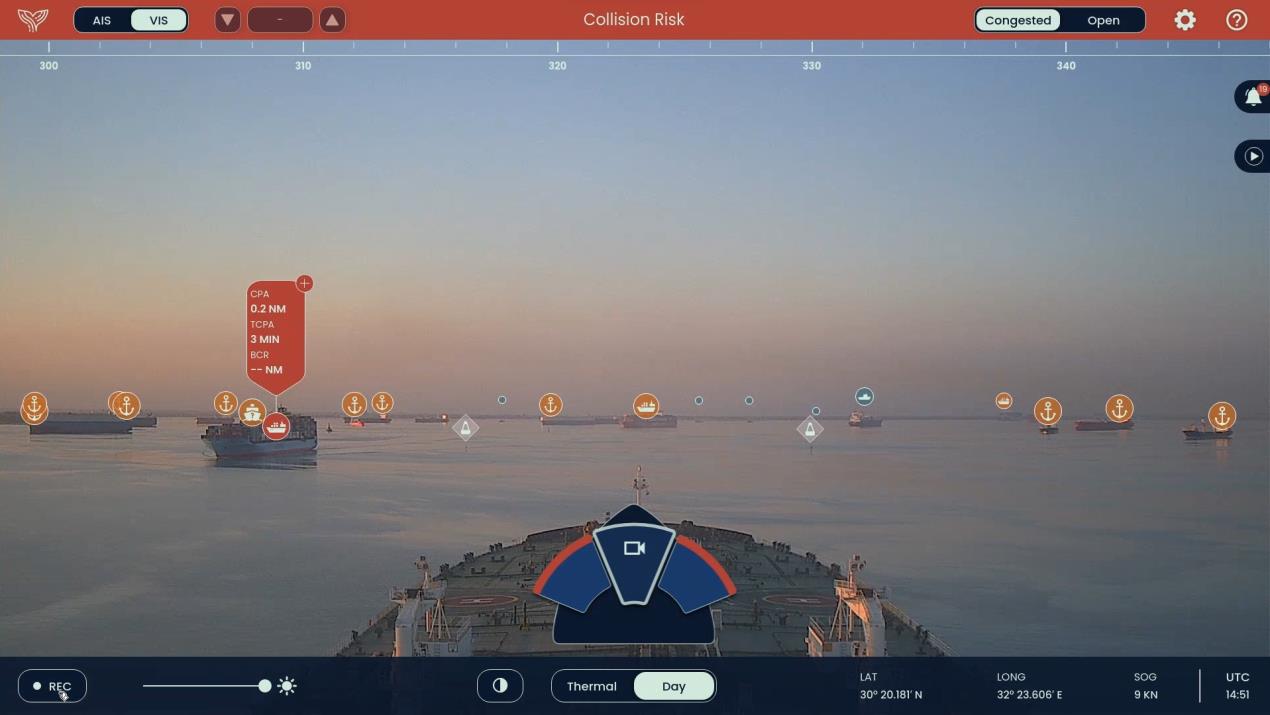Rolls Royce Marine described the January/February trials of controlling a harbour tug remotely as a “truly pioneering achievement,” having announced the trials recently.
The marine division of the UK-listed engineering firm has made no secret of its ambition to push increased levels of autonomy in the marine sector, pushing out carefully managed messages of unmanned autonomous large commercial ships on the high seas. So controlling a tug remotely is the kind of step that had to be taken (i.e. a small vessel in the relatively safe environment of a harbor area where external factors can largely be controlled) to better demonstrate proof of concept.
That this trial was made with one of the largest harbour tug operators in the world is also hardly surprising. As a fully owned division of AP Moller Maersk, Svitzer has world wide operations and in many places operational costs remain high, with crew costs a significant part of that.
Svitzer will likely have to tread carefully with its own messaging with these developments. The company works hard to secure long term terminal towage contracts around the world, and in some of these ports there are sensitive union issues where feathers could easily be ruffled with the thought of fleets of remote controlled tugs removing union jobs.
The proponents of autonomous and remote controlled operations often talk about the increased levels of safety that can be achieved with these technical developments, and Rolls-Royce certainly pushes this point.
In a recent media briefing where details of the remote tug trials were revealed (it took over four months from doing the trials to having the message sorted) Rolls Royce executives said that the company is currently applying for further patents for remote rope and operational handling for the tugs having demonstrated maneuverability.

The tug trials
According to Rolls Royce executives at the briefing, the trials took place over January and February in Copenhagen Harbour in a designated area of the port allocated by the Danish Maritime Authority. The tug used was a newbuild Svitzer tug, with the UK-based class society Lloyd’s Register observing the trials.
The engineering firm built a dedicated remote control operation room from which the tug captain was able to control the vessel, effectively moving the tug away from one quayside and off to another one.
The remote operations were performed in an ergonomically designed seat and operations station, with a large wall to wall screen. The chair (pictured) can be rolled backwards to allow the captain/remote operator to stand during operations. The screen could portray a 180 degree view from video cameras mounted on the tug. The vessel also had Lidar. Lidar stand s for Light Detection and Ranging and is more accurate than radar at close range, operating under the same principle but using specific laser beans instead of radio waves.
s for Light Detection and Ranging and is more accurate than radar at close range, operating under the same principle but using specific laser beans instead of radio waves.
As well as demonstrating remote operation capabilities, the tests proved to Rolls Royce the ability to maintain high levels of connectivity, the fact that cyber security was good and did not interfere with operations, and that the remotely positioned captain had complete situational awareness.
The control station was connected to the vessel with 3G and 4G systems as well as by satellite.
In total the 28m long Svitzer Hermod performed 18 hours of remote operations in front of LR staff.
The Svitzer tug captains that helped Rolls Royce in their tests were given DP training and were apparently able to remotely move the vessel on and off ta berth after two training sessions.
(During the tests there was always a crew on board should something go wrong).
For Rolls Royce of course the tests are a superb demonstration of the effort the company has put into developing and promoting remote operations.
Rolls Royce alluded to the fact that tests and trials on Svitzer Hermod are not yet complete with a number of significant steps to be made to see if the vessel can perform as many of its expected duties without an onboard crew.
This is unlikely to be the last development towards increased automation the industry will hear about this year, but a number of maritime executives have said that while the developments are interesting they believe that the first major step will not be to create unmanned ships, but to create increased autonomy, where some of the shipborne tasks can be taken off an already overworked crew.
infographic-sisu-keyfacts-final2 (1)
Fathom-News
editor@fathom-mi.com

































